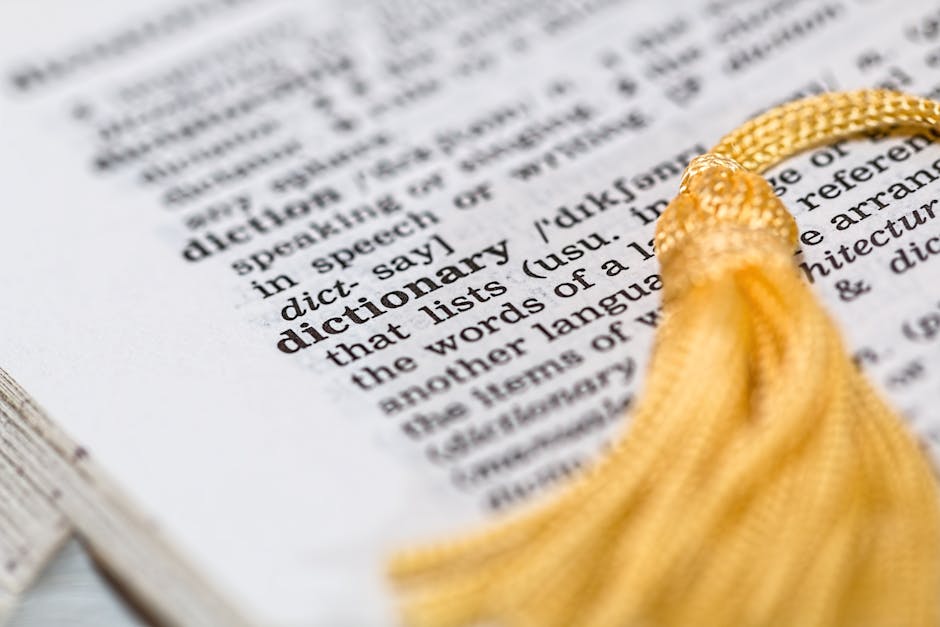DIN Definition: A Comprehensive Guide to German Industrial Standards
The term “DIN” is frequently encountered in various industrial and technical contexts, often referring to specifications, standards, and norms. But what exactly does DIN mean, and why is it so crucial for global manufacturing and engineering?
Understanding the DIN Definition
DIN, short for Deutsches Institut für Normung, translates to “German Institute for Standardization.” It’s a non-profit organization that develops and publishes technical standards for a vast range of products, processes, and services. These standards aren’t just German-centric; they carry significant international influence, shaping best practices across numerous sectors.
The DIN’s role extends beyond simply creating documents. They facilitate:

- Interoperability: Ensuring different components and systems work seamlessly together.
- Safety: Setting benchmarks for product safety and reliability.
- Quality Control: Defining quality parameters for consistent product performance.
- Efficiency: Streamlining processes and reducing waste through standardized methods.
- Global Trade: Enabling easier international trade by establishing common standards.
DIN Standards’ Scope
The scope of DIN standards is incredibly broad, covering fields such as:
- Mechanical Engineering: Dimensions, tolerances, materials, and manufacturing processes.
- Electrical Engineering: Wiring, connectors, safety regulations, and testing procedures.
- Civil Engineering: Construction materials, structural design, and building codes.
- Information Technology: Data formats, software interfaces, and network protocols.
- Environmental Protection: Waste management, emissions standards, and sustainability practices.
- Food Technology: Food safety, packaging standards, and labeling regulations.
- Textiles: Fiber types, fabric properties, and garment manufacturing.
How DIN Standards are Developed
The creation of a DIN standard involves a rigorous process, encompassing various stakeholders:
- Proposal: A proposal for a new standard or revision of an existing one is submitted.
- Committee Formation: A committee of experts from industry, academia, and government is formed to review the proposal.
- Drafting and Review: The committee drafts the standard and undergoes multiple rounds of review and revision.
- Public Comment: The draft standard is publicly available for comment to ensure wide stakeholder input.
- Approval and Publication: After considering all feedback, the standard is approved and formally published.
- Maintenance and Revision: Existing standards are regularly reviewed and updated to reflect technological advancements and changing requirements.
The Importance of DIN Certification
While compliance with DIN standards isn’t always legally mandated, obtaining DIN certification offers significant benefits:

- Enhanced Credibility: Demonstrates a commitment to quality and adherence to industry best practices.
- Improved Market Access: Opens doors to new markets, especially in countries where DIN standards are widely recognized.
- Reduced Risk: Minimizes the risk of product failure, safety issues, and legal liabilities.
- Competitive Advantage: Provides a competitive edge by showcasing commitment to high quality and reliability.
- Streamlined Processes: Facilitates smoother integration with other components and systems.
DIN vs. ISO Standards: Key Differences
Often, DIN standards are compared with ISO (International Organization for Standardization) standards. While both organizations set technical specifications, there are key differences:

- Scope: DIN focuses primarily on German national standards, while ISO sets international standards.
- Adoption: DIN standards are often adopted by ISO, but not always, indicating a degree of regional specificity in some DIN standards.
- Geographic Influence: DIN has a strong influence in Europe and particularly in Germany, while ISO boasts a global reach.
Finding and Accessing DIN Standards
DIN standards are primarily available through the official DIN website. They may be purchased individually or through subscriptions. Many libraries and research institutions also provide access to DIN standards.
Conclusion: The Enduring Relevance of DIN
The DIN definition goes beyond a simple acronym; it represents a vital contribution to global standardization. The German Institute for Standardization’s commitment to developing and maintaining robust technical standards continues to play a crucial role in fostering quality, safety, and efficiency across diverse industries. Understanding the DIN system and its implications is essential for anyone involved in manufacturing, engineering, or related fields seeking to ensure product quality and international competitiveness.
The continuous evolution of DIN standards ensures their continued relevance in a rapidly changing technological landscape. By staying informed about new and updated standards, businesses and individuals can proactively adapt to evolving industry best practices and maintain a competitive edge in the global marketplace.

